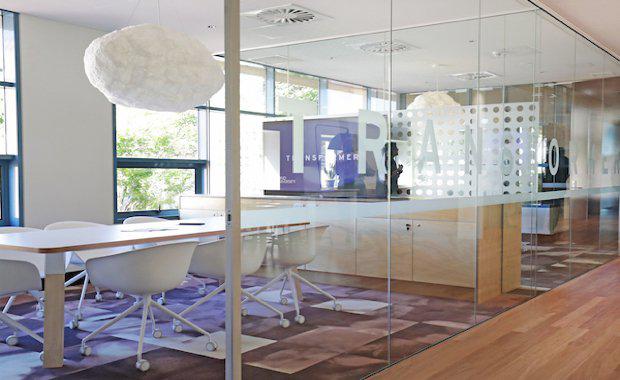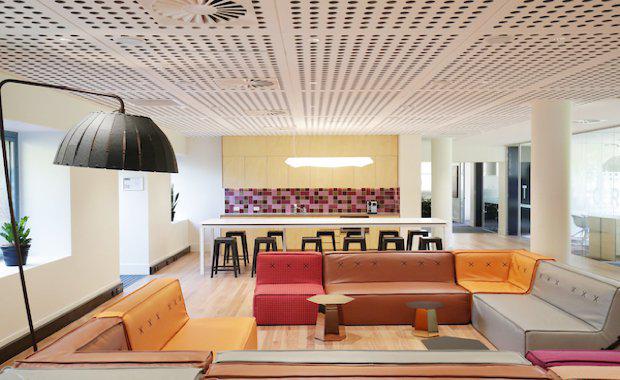Organisations have become heavily invested in designing "beautiful" office spaces to boost innovation and maximise collaboration, as the office becomes more important than ever in today's tech-driven economy.
Bond Business School workplace expert Libby Sander said despite predictions the office would become obsolete as a result of technological advancements, businesses were placing increasing emphasis on workplace design, with billions of dollars being poured annually into developing effective commercial spaces in Australia.
While technology, the rise of the contingent workforce and demand for innovation had forced workplaces to rapidly-adapt, face-to-face contact remained central to the economy:“Research has found two-thirds of employees prefer to build relationships face-to- face and the majority prefer to do so in an ideal workplace,” said Sander.
"Involvement by managers and employees in collaborative endeavours has increased by 50 per cent in the past two decades and collaboration is seen as a vital precursor to the production of creative ideas, problem solving and improved social capital, so creating opportunities for this is critical.
"Physical space acts like body language for an organisation, supporting thinking and creativity, with research showing subtle cues in our environment can cause us to be different versions of ourselves - more innovative or more outgoing, for example.
“As a result, creating an attractive workplace is essential not only to attracting and retaining staff, but inspiring them, encouraging them to work together and boosting their productivity."Bond University's latest learning space - a co-working hub, took these factors into account and aimed to instil "big-picture" thinking in students across all faculties.











